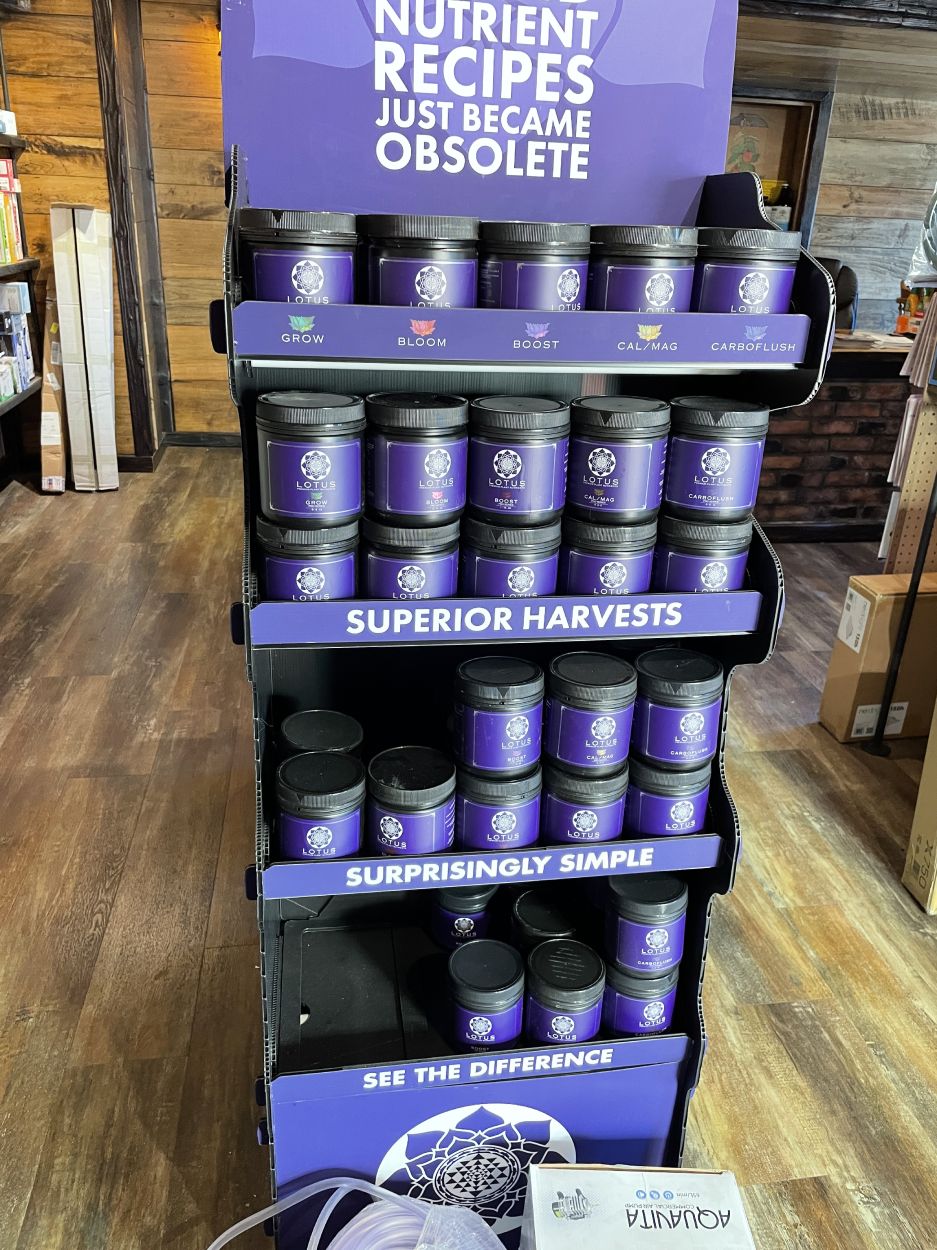Using the Power of Hydroponics: a Deep Dive Into Utilizes and Various Kinds
In the world of modern-day farming, hydroponics has arised as a technique that challenges standard farming methods by using a water-efficient and space-saving alternative. The usage of hydroponic systems opens up a world of opportunities for cultivating plants in diverse settings, eventually affecting food manufacturing and sustainability. As we browse with the intricate landscape of hydroponics, exploring its numerous types and applications, a much deeper understanding of its potential to transform farming methods and address worldwide food protection worries starts to unravel.
Benefits of Hydroponic Farming
Hydroponic farming offers various advantages over traditional soil-based agriculture. One of the main benefits is water efficiency; hydroponic systems make use of up to 90% much less water contrasted to traditional farming approaches.
Moreover, hydroponic farming enables greater control over nutrient degrees, causing faster plant development and greater returns. By giving essential nutrients directly to the plant origins, hydroponic systems promote much healthier and much more robust plant growth. Additionally, the controlled atmosphere of hydroponic systems decreases the risk of conditions and insects, decreasing the need for hazardous pesticides and herbicides.

Typical Types of Hydroponic Equipments
One widespread type is the Deep Water Culture (DWC) system, where plant roots are submerged in a nutrient option. The Ebb and Circulation system, additionally recognized as Flood and Drainpipe, occasionally floods the plant origins with nutrient remedy before draining it. Wick systems, the simplest form of hydroponics, utilize a wick to passively supply nutrition service to the plant roots.
Nutrient Film Strategy (NFT) System

One of the crucial benefits of the NFT system is its water performance. The Indoor Earthworm. Since the nutrient option is recirculated in a closed system, this method utilizes considerably much less water contrasted to conventional dirt farming. Additionally, the NFT system is space-efficient, making it excellent for interior farming or in locations with restricted room for traditional farming
Nevertheless, the NFT system calls for careful surveillance and upkeep to ensure the constant flow of water and nutrients. Any kind of interruption in the flow can rapidly influence plant health. On the whole, the NFT system provides a efficient and lasting way to grow plants hydroponically, specifically for crops that prosper in well-oxygenated next page root environments.
Deep Water Culture (DWC) System
Moving from the Nutrient Film Method (NFT) system, the Deep Water Society (DWC) system is a hydroponic technique that entails suspending plant roots directly in a nutrient option. Unlike NFT, where roots are constantly exposed to a thin movie of nutrient option, DWC plants have their origins submerged in a storage tank loaded with aerated nutrient water. The roots hang in the nutrient option, permitting straight uptake of water and vital nutrients.
One of the crucial benefits of the DWC system is its simplicity and reduced maintenance needs. The continuous access to oxygen and nutrients advertises quick development and higher yields. DWC systems need appropriate oygenation to prevent root rot and guarantee optimal nutrient absorption. Routine tracking of pH degrees and nutrient focus is critical to avoid imbalances that can hurt plant health.
Aeroponic System
A cutting-edge approach in hydroponics farming, the Aeroponic System makes use of a misting or misting system to deliver nutrients straight to plant origins put on hold airborne. This system is recognized for its ability to promote rapid development and effective nutrient uptake due to the straight distribution of nutrients to the roots, permitting the plant to concentrate its energy on development instead than looking for nutrients. In an aeroponic setup, plants are generally housed in a shut setting where the roots are periodically misted with a nutrient service. This misting cycle makes certain that the origins receive adequate oxygen, advertising healthy root development and total plant growth.
Among the vital benefits of aeroponics is its water performance, as the system utilizes substantially much less water contrasted to standard soil-based growing techniques. Additionally, the precise distribution of nutrients directly to the roots can result in higher returns and faster development prices. While aeroponics can be YOURURL.com more complicated to establish and maintain contrasted to various other hydroponic systems, its capacity for boosted plant development and efficiency makes it a prominent option for commercial farmers and hydroponic lovers looking for ideal results.
Verdict
In verdict, hydroponic farming provides numerous advantages and different sorts of systems to pick from. The Nutrient Film Technique (NFT) system, Deep Water Society (DWC) system, and Aeroponic system are among the most usual methods utilized in hydroponics. Each system has its own advantages and restrictions, making it crucial for farmers to thoroughly consider their requirements and preferences before picking one of the most suitable system for their crops.
Unlike various other hydroponic systems where plants are immersed in a nutrient service, in the NFT system, the origins are subjected to the water just in a shallow movie.Moving from the Nutrient Film Method (NFT) system, the Deep Water Society (DWC) system is a hydroponic technique that includes suspending plant origins directly in a nutrient service.An innovative method in hydroponics growing, the Aeroponic System makes use of a fogging or misting system to supply nutrients straight to plant roots put on hold in the air. The Nutrient Film Strategy (NFT) system, Deep Water Culture (DWC) system, and Aeroponic system are among the most usual methods used in Check Out Your URL hydroponics. Each system has its very own benefits and limitations, making it important for farmers to thoroughly consider their requirements and preferences before selecting the most appropriate system for their plants.